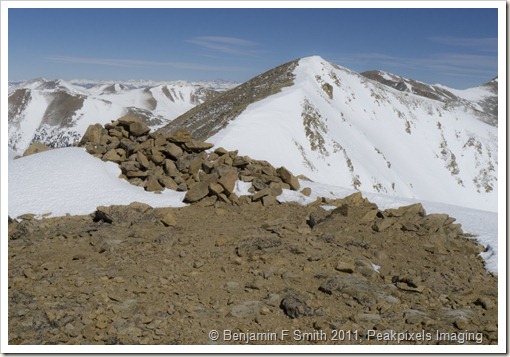I used to be a gear junkie. Anything for hiking that was shiny, or cool, or new. Whatever! I loved gear. I’m much better now. Mostly. What has happened really was that I used to buy gear—before I had kids—like CRAZY! I would spend money with little care. But that has all changed. As one builds a family one has less time, money, etc to spend building a gear collection.
Additionally, I have over the years come up with a predictable and reliable gear system that I was reluctant to change. Don’t fix what is not broke.
This year I finally fell victim to that old spending urge however. I purchased a new pack. For the past 5 or 6 years I have been using my very reliable Osprey Stratos 40. It is a very good pack and has and will continue to serve me well. It has made the summits of many Colorado 14ers on my back and I have developed a somewhat emotional attachment to it. Nothing sick or anything. I just have spent a lot of time in a lot of very cool places with my Osprey.
But technology marches on and my Stratos 40 was showing some age. Many of the newer packs have better suspensions and are composed of lighter materials. I was not really looking for a new pack…but as these things happen…I found one.
It is the Granite Gear (http://www.granitegearstore.com/Escape-AC-40-P212C7.aspx) Escape 40. There is also a larger and equally competent Escape 60. They are nearly identical other than their internal volume.
The Granite Gear Escape 40 (courtesy Granite Gear)
I have not used this pack on the trail yet but it fits like a dream. It is VERY light. The side pockets are pointed forward so a non-contortionist human can actually reach back to remove gloves or a hat or similar without first taking off the pack. It is well designed and I look forward to using it soon.
Have a look at one in your local gear store. They are really nice. I’ll let you know how I like mine after I finally get out with it.





